Key points:
- SpaceX is claiming its latest software technology allows its Starlink terminals to both proactively and reactively select the best satellite to communicate with, switching satellites up to 10x a second.
- For fixed location Starlink terminals, the real-time obstruction map can be used to avoid upcoming obstructions before they happen.
- For mobile Starlink terminals where the obstructions are dynamic, any degradation in the link can be acted upon as quickly as 1/10 of a second.
- Starlink users should experience fewer dropouts when they have other satellites in view that their dish can switch to.
Starlink has no doubt changed mobile internet connectivity, allowing users to have reliable high-speed internet anywhere in the US or around the globe and stay connected in some of the most remote locations.
However, one of the downsides to Starlink has been that any type of obstruction, such as trees our buildings in its field of view, would likely cause a dropout in service. These service interruptions can be less than a second or stretch out over many seconds, depending on how long it takes the Starlink dish to be able to communicate with a satellite again.
Any interruptions in service can be very noticeable when the end user is using real-time data, such as video calls or gaming.
On the other hand, users streaming video or audio are unlikely to notice short dropouts since the streaming service can build up a buffer. Other internet activities, such as general web browsing or email, may not be significantly affected by brief outages.
Table of Contents
Beam Switching Video Overview
Starlink Beam Switching
Starlink released an article on their website claiming their latest "Beam Switching" tech now allows their service to route around obstacles, making service more resilient for the end user.
In their article, they explain how any given user terminal in the US generally has tens of satellites in view at any given time, so if a particular satellite becomes obstructed, their "Beam Switching" will automatically choose a different satellite that is not obstructed. It can do this many times a second.
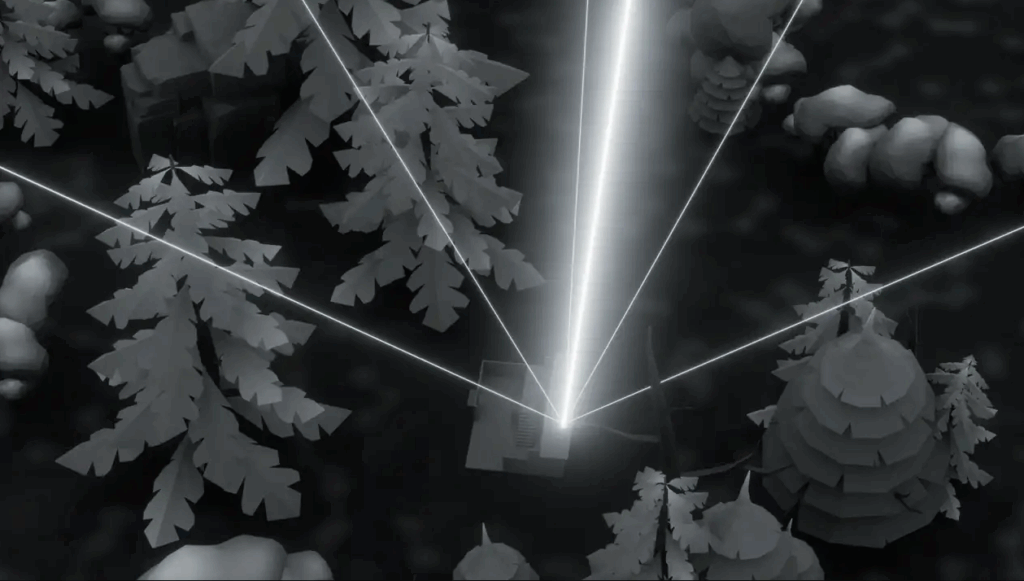
For users in a fixed location, Starlink can rely on the obstruction map that the dish creates during operation to proactively connect to a satellite that isn't blocked before an existing one becomes obstructed, thus eliminating a possible outage.
For users who may be using Starlink in motion, the obstructions are dynamic and constantly changing. For those types of obstructions, the Starlink terminal can react to the degraded signal in 1/10 of a second to connect to a different satellite, allowing the end user to experience a stable connection. At least this is what Starlink is claiming.
Ideally, if a user has enough satellites in view at all times, then Starlink should be able to minimize the drops from obstructions throughout the day, but is that really the case?
Is Beam Switching new?
Starlink uses a special type of antenna called a phased array antenna. The phased array antenna in a Starlink dish electronically aims the beam based on the location of Starlink satellites in the sky above.
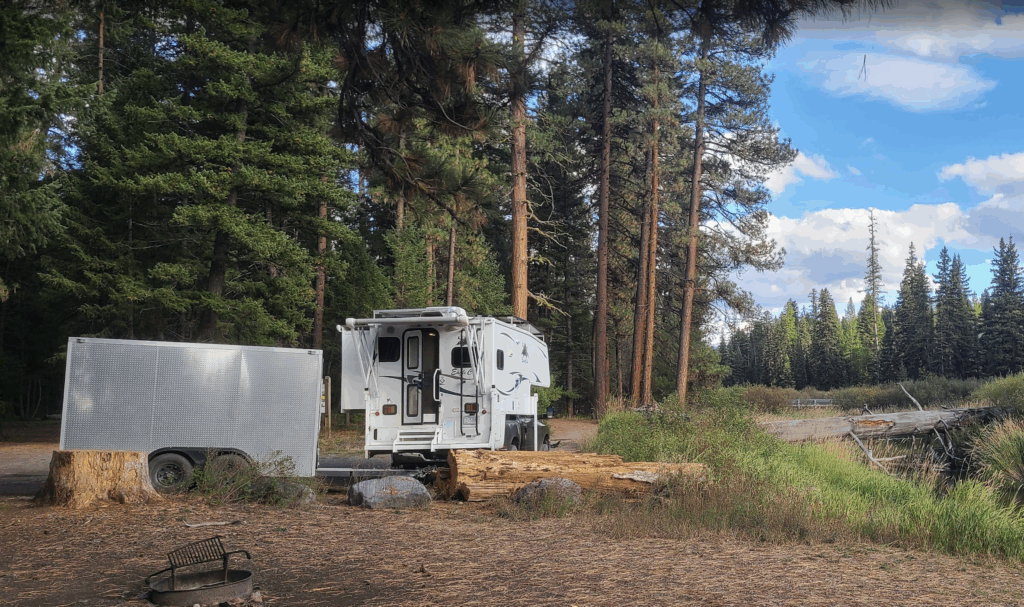
In the early days, there were many fewer satellites, so the satellite density in any piece of sky was limited.
However, even back then, the Starlink software had to be able to instantly switch from one satellite to another while maintaining a consistent connection for the end user. So there has always been beam switching since that is fundamental to how the system works, so what's changed?
Today, with over 8,000 Starlink satellites in orbit, the density of satellites in view for any given user terminal has dramatically increased. Starlink user terminals have many more satellites in their field of view, and so the ability to switch to a different satellite several times a second with advanced software improvements should provide a better end-user experience.
SpaceX has been building out its satellite network at an impressive pace and constantly making improvements to its software along the way. So while Beam Switching has been active for a while, Starlink has likely upgraded its functionality now that more satellites are available.
So while we don't know when exactly Starlink started implementing this newer technology, it is likely now active for all users and all hardware, and everyone should see fewer dropouts compared to the service even just a year ago.
Will This End Interruptions?
While we should expect Starlink service around obstructions to continue to improve over time as the Starlink constellation continues to expand and software and hardware improvements continue to be made, it is unlikely you will have interruption-free service at all times and certainly not in all locations.
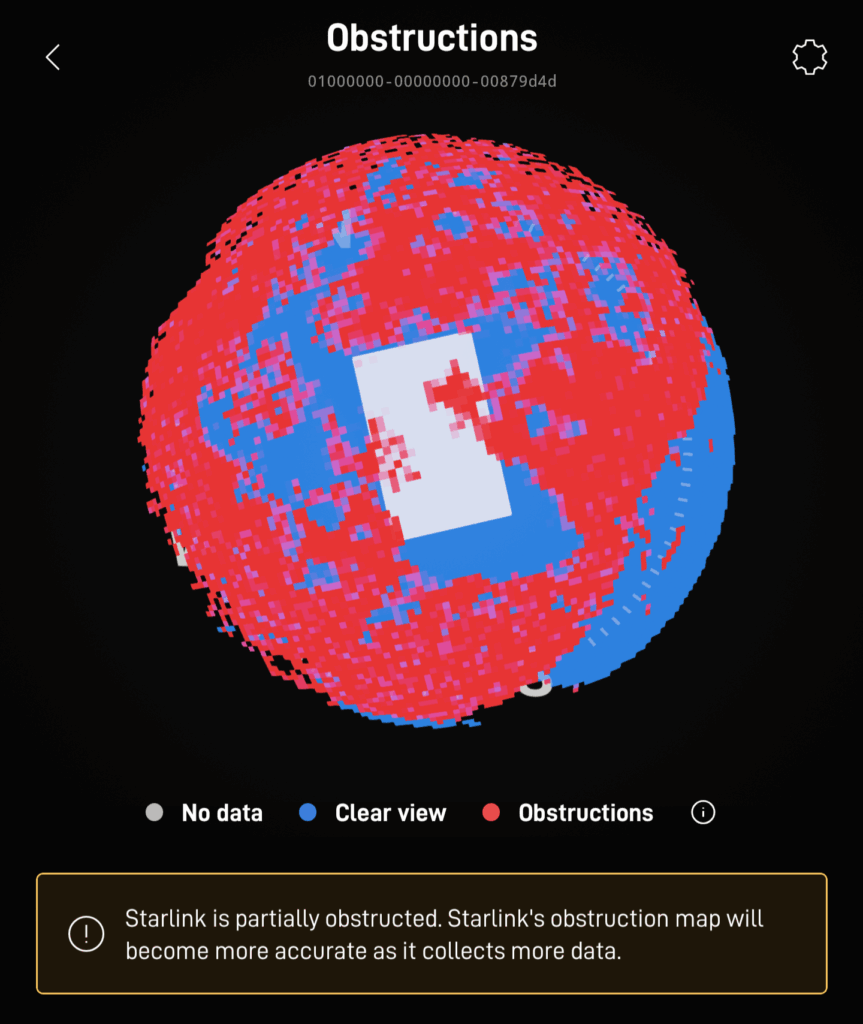
Users who most likely will notice the most significant improvements are real-time data users with only minor obstructions that cause a few outages an hour. In these scenarios, hopefully, the Starlink software algorithms can keep your dish connected with minimal drops and help you experience the 99.9% uptime that Starlink is promising.
If you are experiencing frequent outages and interruptions lasting 15+ seconds, then you may just be in an environment that isn't feasible to experience interruption-free service.
In our experience, obstructions that are closer to the edge and away from the center of the blue circle on the obstruction map are usually less impactful.
As obstructions cover more of the center of the field of view or very large portions of it, you are much more likely to still experience dropouts.
Tell Us About Your Experience
We want to hear from Starlink users on their experience, especially if you are a long-time Starlink user. How would you rate your experience with Starlink in areas that were obstructed?
For our members, please join us at this Q&A forum thread to share your feedback. For non-members, feel free to leave comments on our linked video in the article.
- Have you found that obstructions are handled better compared to previous times?
- Are you able to rely more on Starlink for real-time data, such as gaming or voice/video calls, even if you have some obstructions?
- Do you worry less now about setting up Starlink in locations where it might be obstructed?
On various online forums, reports are mixed, with some users saying they have noticed a difference, especially compared to a year ago. Others say they are still struggling and still experiencing plenty of outages while obstructed.
Likely, some users have unrealistic expectations on how much sky Starlink needs to still work reliably.
Obstructions Are Not the Same as Deprioritization
While both obstructions and deprioritization may lead to a less-than-ideal Starlink experience, they are different and have different root causes.
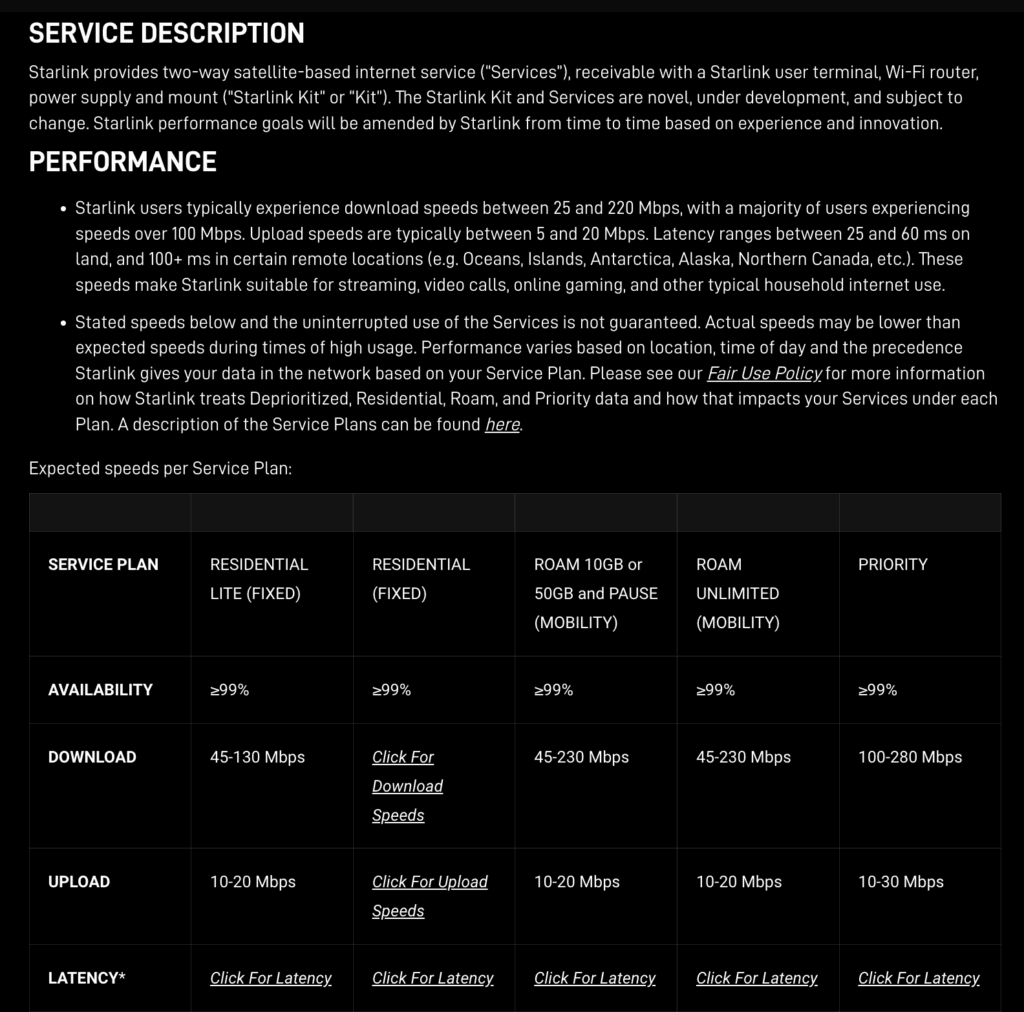
Roam users can experience network deprioritization during times of congestion, and may experience painfully slow speeds, even with a clear view of the sky. This is a different issue based on the overall capacity of Starlink's network.
Starlink, of course, is working hard to continually add more satellites and capacity, but the delay of SpaceX's giant Starship launch vehicle has prevented it from deploying newer and more advanced V3 Starlink satellites.
We have tracked the numerous Starship failures and have shared the impact of those failures on Starlink. Our latest article covered the 3rd consecutive Starship failure and doesn't even take into account the most recent Starship that blew up on the launchpad.
So while we would all love more capacity with Starlink, it's going to be incremental increases for the time being as Falcon 9 continues to be the only way to get Starlink satellites into space.
Conclusion
Starlink has made some remarkable technological advances over the years, and they continue to improve their hardware, software, and network experience.
If their latest claim of being able to offer more reliable and consistent service even when your dish is partially obstructed really does provide an experience with fewer interruptions, then that diminishes one of Starlink's significant downsides.
However, there is a limit to what beam switching can do, and if an area is just too obstructed, you will still experience interruptions.
Further Reading
- Starlink Satellite Internet For Mobile RV And Boat Use - Our featured guide focused on taking advantage of SpaceX's Starlink on the go.
- Mobile Satellite Internet Options -
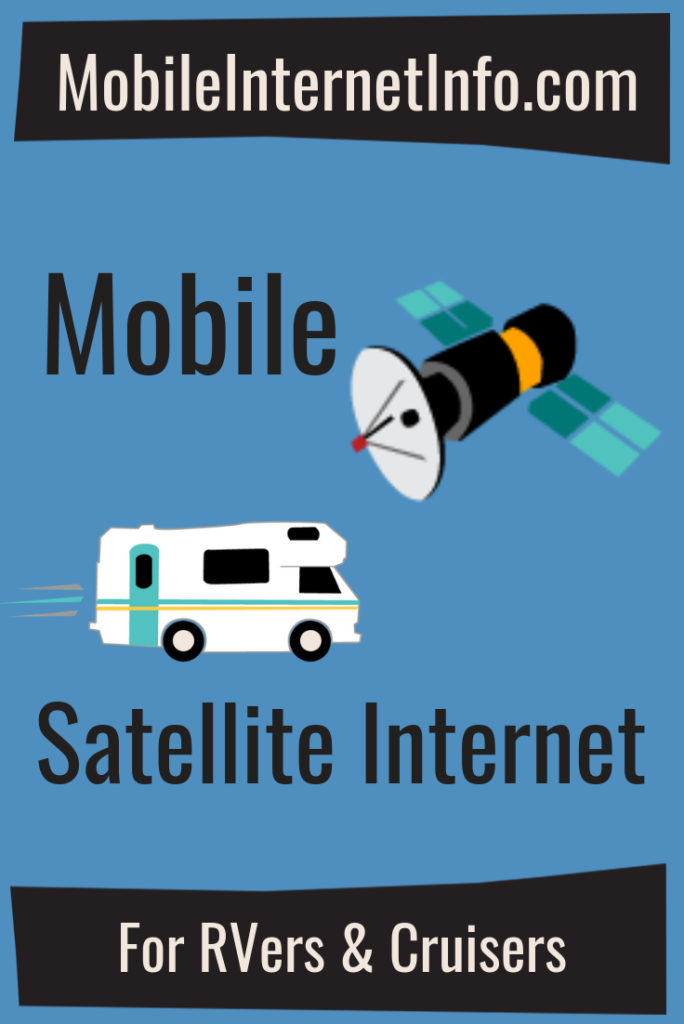 Our featured guide on all the current and future satellite internet options of interest to RVers and cruisers.
Our featured guide on all the current and future satellite internet options of interest to RVers and cruisers. - All our our Satellite Internet Resources - Our collection of guides, gear center entries and news coverage on satellite internet.
- Industry Update: Mobile Satellite Internet for RVers & Boaters – Early 2024 Update: Starlink, Kuiper, Direct To Cellular, and Beyond! - Our deep dive into the state of the satellite internet world.
And here is all of our recent satellite internet coverage:
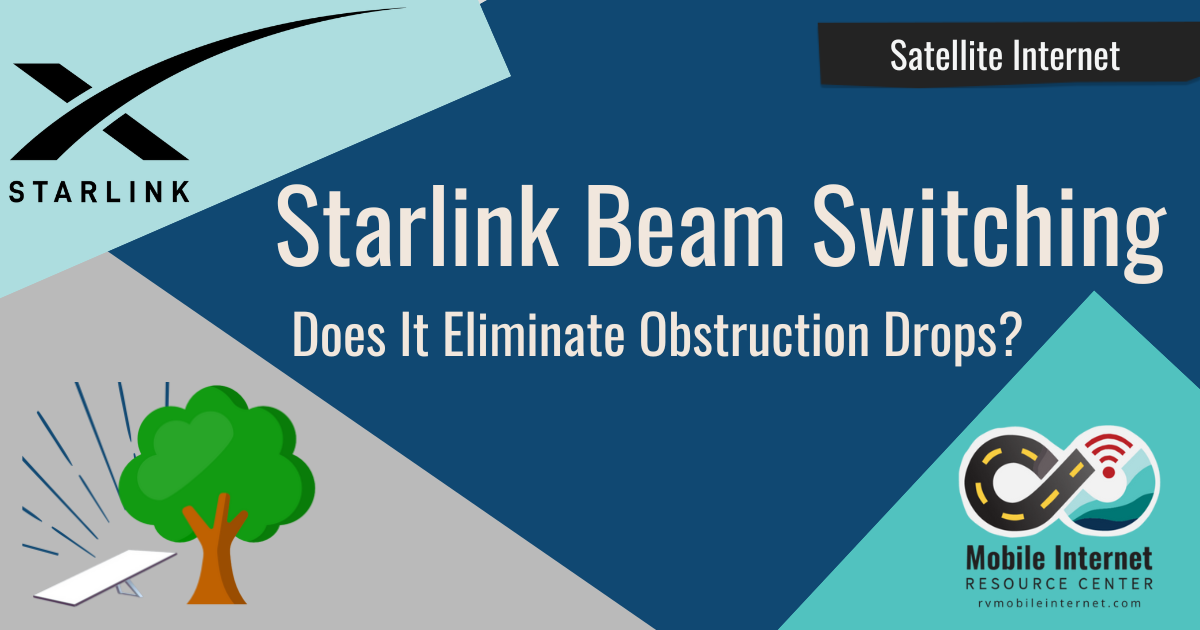

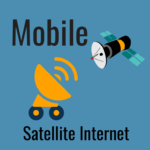




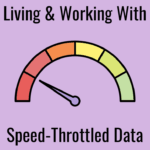
 Mobile Internet Resource Center (dba Two Steps Beyond LLC) is founded by Chris & Cherie of
Mobile Internet Resource Center (dba Two Steps Beyond LLC) is founded by Chris & Cherie of